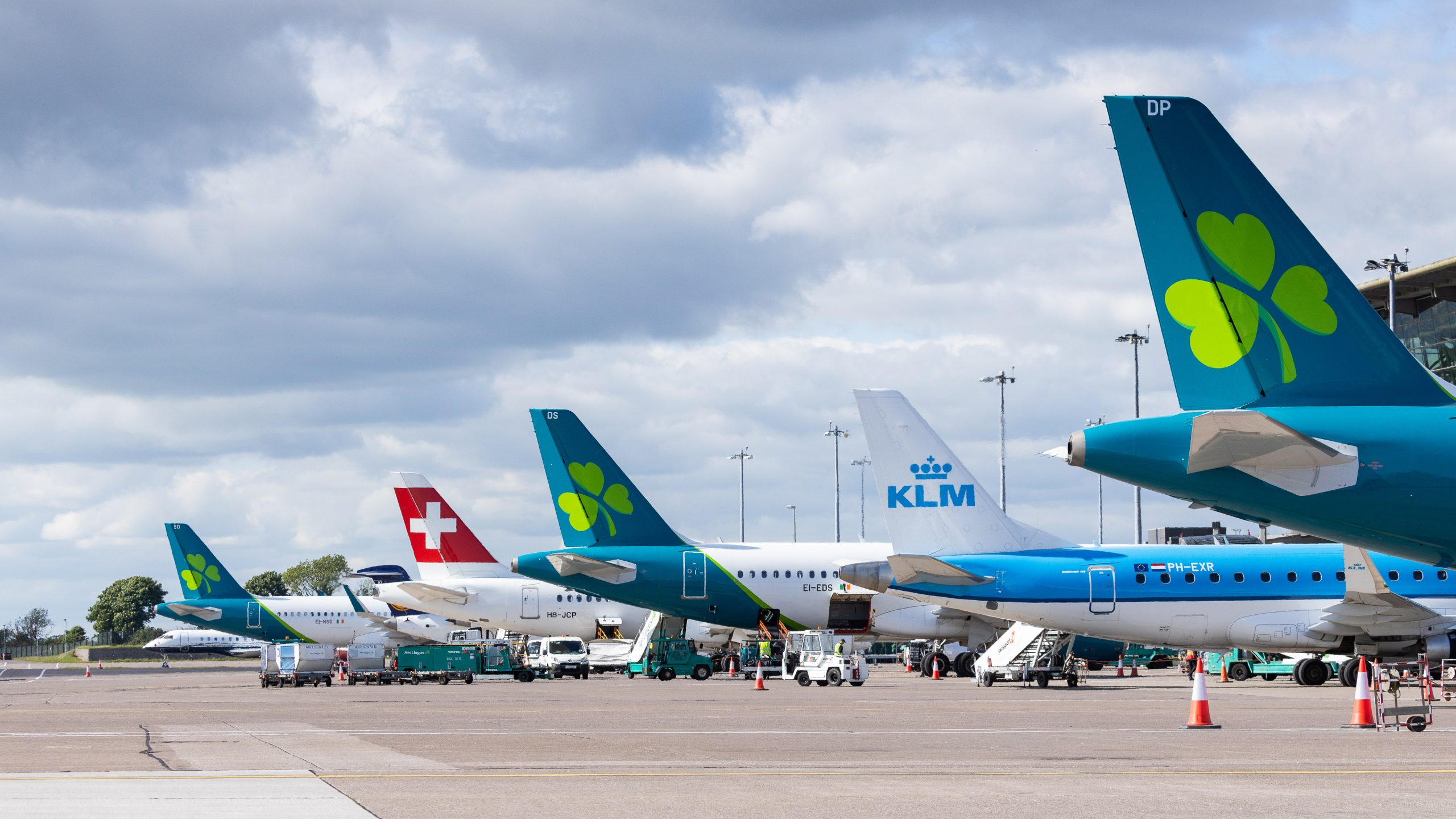Help Support Cork Safety Alerts – Donate the price of a coffee here via Stripe: https://csalert.ie/donate
Cork and Dublin airports saw record-breaking numbers of passengers passing through their terminals again in September, daa confirmed today while releasing monthly passenger numbers. The two airports welcomed a total of 3.38 million passengers in September, a 5% increase on the same month last year.
Demand for travel was bolstered by late summer holidays, a post-summer rise in business travel, and a strong influx of tourists coming to Ireland for events such as the Ireland versus England football international in Dublin.
Despite efforts by daa to reduce airline demand at Dublin Airport, passenger numbers would have been even higher. Last month, daa confirmed that its efforts to comply with the 32 million terminal passenger cap reduced passenger numbers by about 650,000 across the year. However, they also cautioned that, based on forecasts, Dublin Airport’s 2024 passenger numbers could exceed 32 million, nearing 33 million.
Cork Airport
Cork Airport maintained its strong performance in September, welcoming a record 295,000 passengers—a 14% increase compared to September 2023. Many passengers took advantage of late summer getaways to destinations such as Spain, Portugal, the Canary Islands, Italy, and Greece. Routes to the UK and major European hubs like Amsterdam Schiphol and Paris Charles de Gaulle also saw strong traffic and load factors.
Ryanair’s recent announcement of two new winter routes to Brussels Charleroi and Rome Ciampino promises continued growth for Cork Airport, which remains on track to exceed three million passengers by year-end. A study by InterVISTAS Consulting has emphasised Cork Airport’s crucial role in supporting jobs in tourism and trade across southern Ireland, with a goal of growing to five million passengers annually within the next decade.
Dublin AirportDublin Airport recorded 3.08 million passengers in September, a 4% increase compared to the same month last year, marking its busiest September in its 84-year history. The airport experienced its highest passenger traffic on Sunday, September 1,
with 119,570 passengers, while there were 23 other days in the month when passenger numbers exceeded 100,000.
So far in 2024, 25.8 million passengers have passed through Dublin Airport, a 5.3% increase compared to the same period in 2023. As the year progresses, the airport moves closer to breaching the 32 million passenger cap, which has already led airlines to reduce operations at the airport. The Irish Aviation Authority’s (IAA) decision to cut the number of available seats for the winter season (November to March) will further reduce capacity, but daa still expects the cap to be exceeded this year.
Cork’s growth vs Dublin’s slowdown
Kenny Jacobs, daa CEO, commented on the figures, stating:
“September was another busy month at Cork and Dublin airports, with record numbers flying through both. I want to thank all of our teams at the airports for their hard work, as well as our airline customers.
Growth at Cork Airport continues on a very healthy and strong trajectory. Cork is the fastest growing airport in the state, with 14% more passengers in September compared to last year. Ryanair’s recent announcement of new winter routes from Cork shows the continued strength of the airport, and I expect further good news for Cork as the year progresses. Cork Airport has the full support of daa Group as it continues to grow robustly.
Meanwhile, Dublin Airport’s growth is slowing. The 32 million passenger cap is already having negative impacts, with Ryanair cutting routes, Aer Lingus warning of job losses, and Emerald possibly reducing its fleet and services. These developments will lead to economic harm and reduced connectivity for Ireland.”
Jacobs also warned that the situation could worsen before it improves, as airlines finalise their summer 2025 schedules with reduced capacity due to fewer available slots. He reiterated daa’s commitment to complying with the cap but emphasised the need for more strategic, joined-up thinking in Ireland’s planning system to accommodate growth across the country’s airports.


